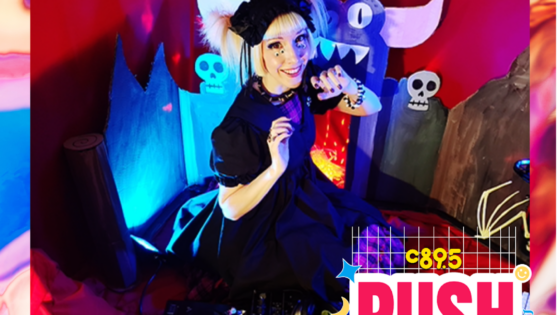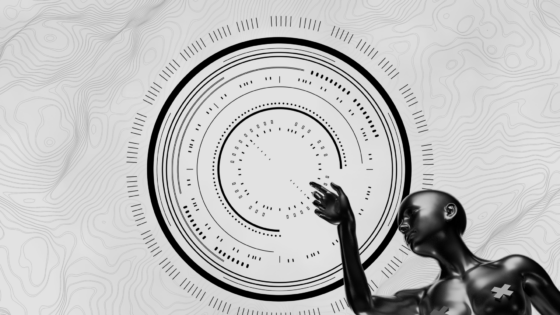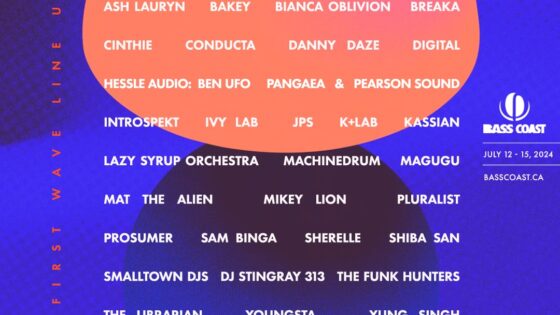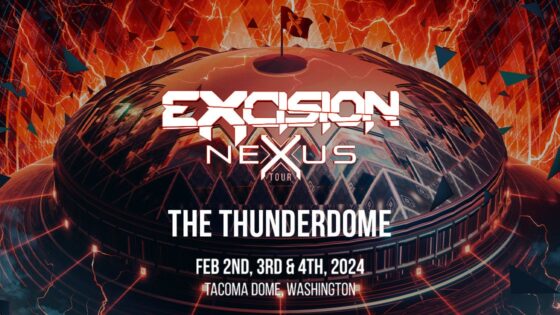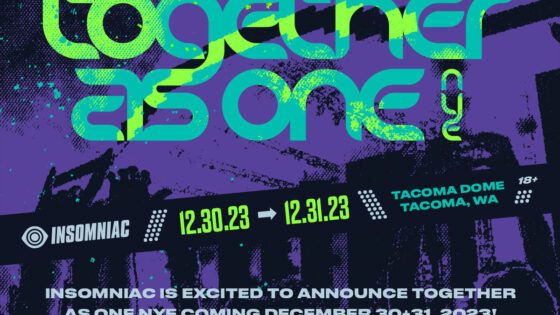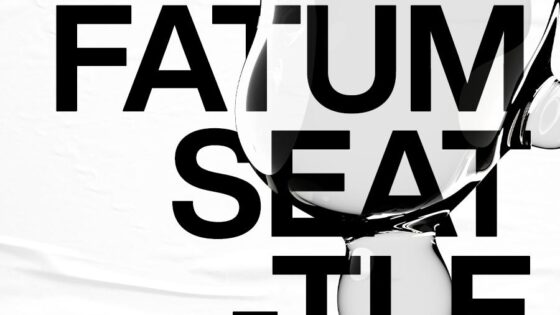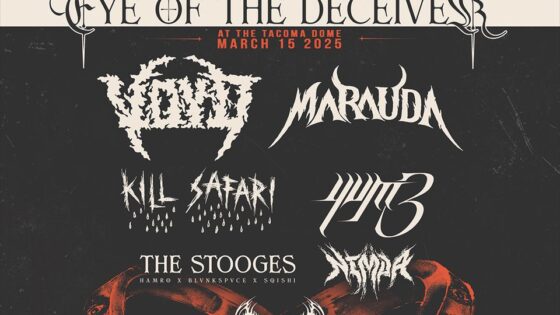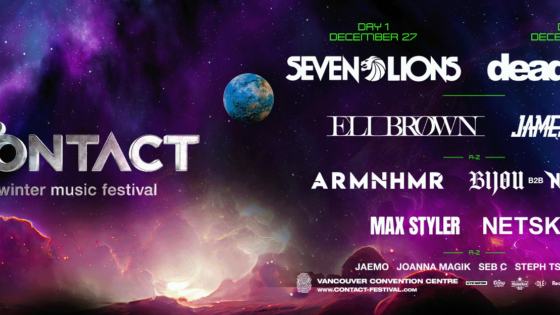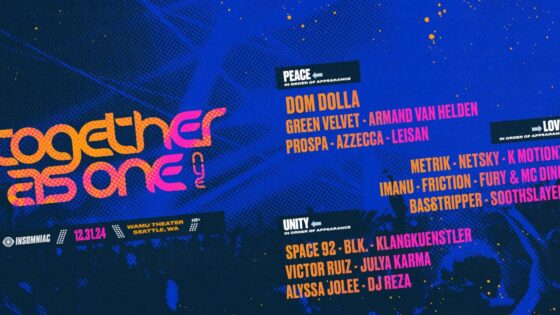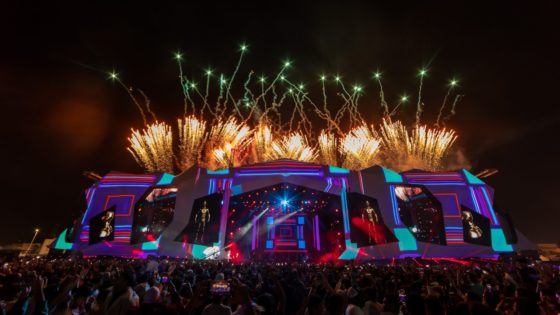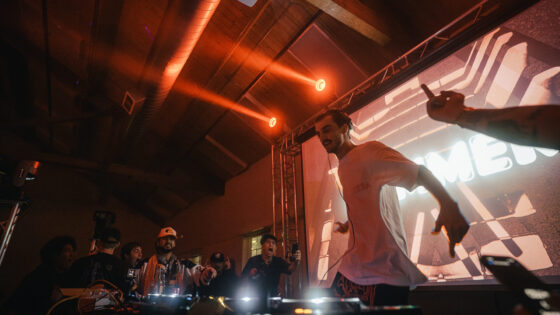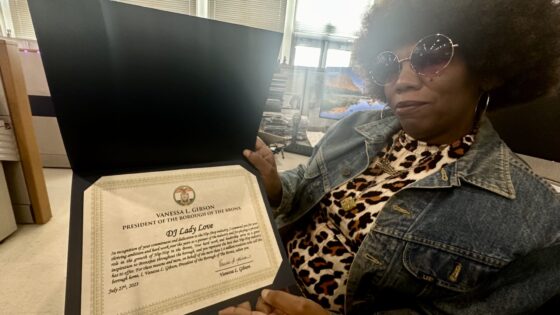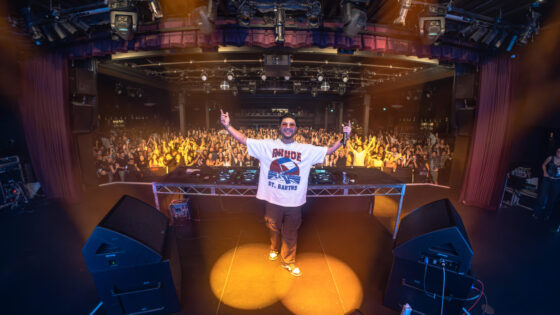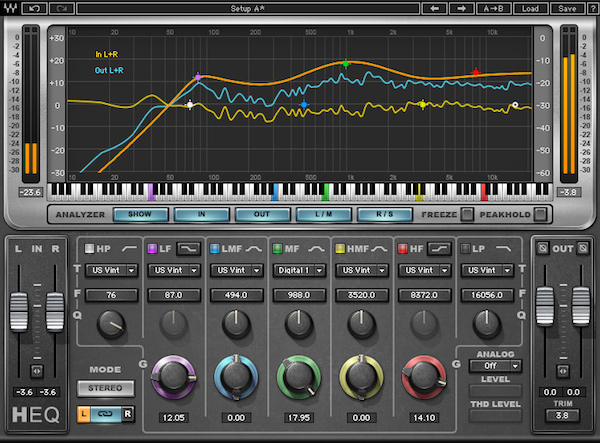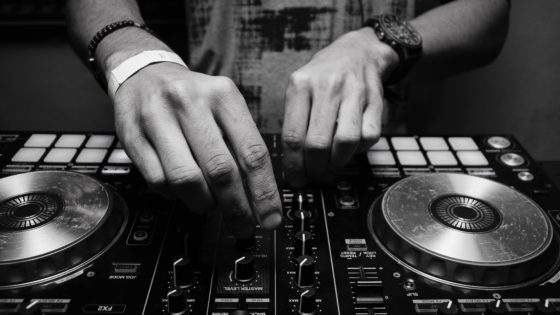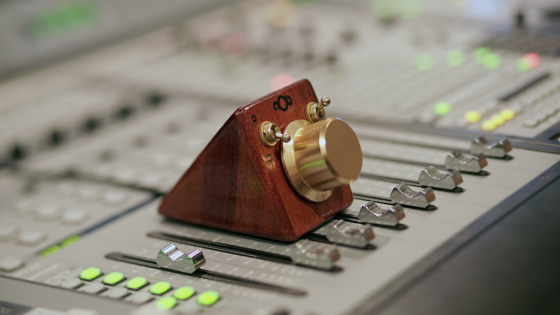6. Step 1: The 80/20 Rule (80% Cuts, 20% Boosts)
Dance music mixes can be especially dense. It isn’t uncommon to have 40-60 tracks in some genres like complextro or dubstep. With all of these sounds crammed into one song, it’s clear why subtractive EQ is so important. To make space for each, something has to give. Start by identifying the problem zones in your mix. Most digital EQs have an analyzer built in. Don’t be afraid to use it.
Once you figure out where the problems are, you can carve those areas out of sounds that can give a little. The difference this can make in a mix is incredible. Especially if you’ve slaved over crafting each sound. Does that mean you should never boost? No. But when you do boost, practice subtlety. Compression and mastering tend to bring out the high-mid range. These are also the places we like to boost when our ears get used to them. So how can you use you EQ properly when doing both?
Important things happen in Pacific Northwest nightlife, and DMNW will send you alerts!




